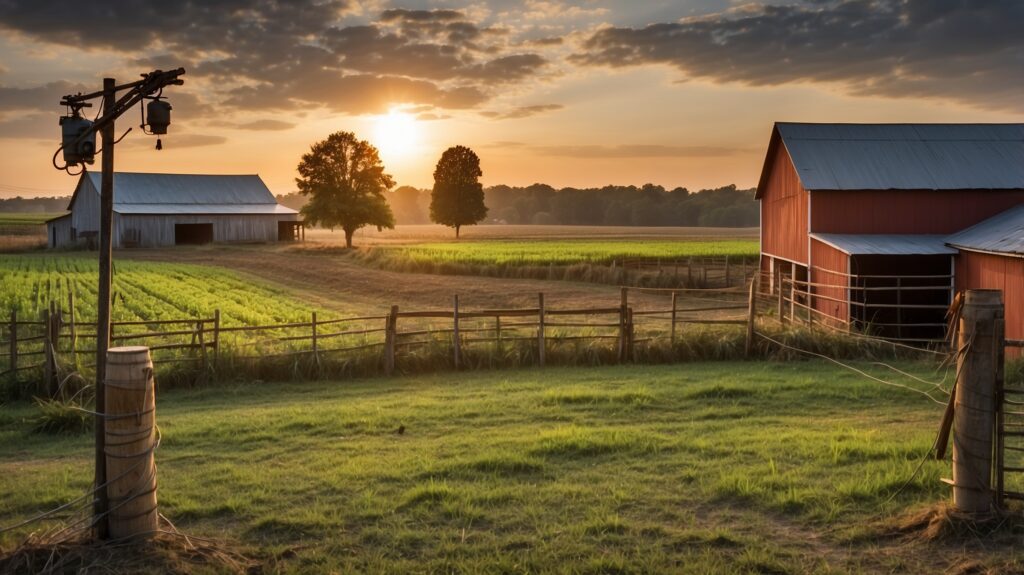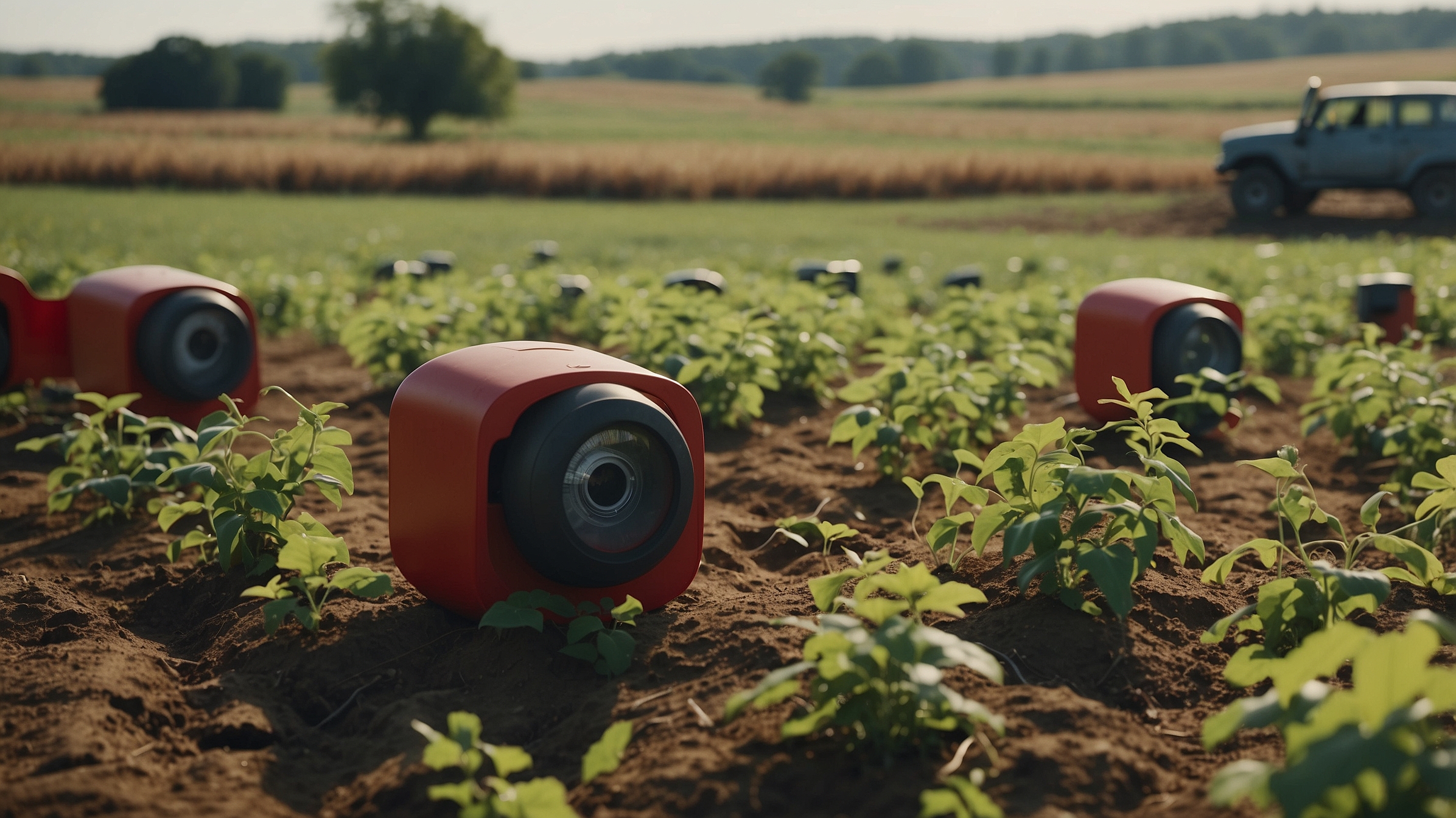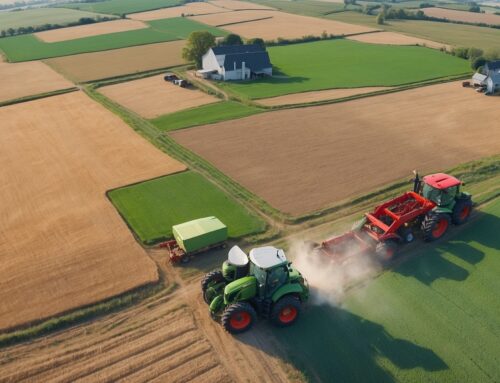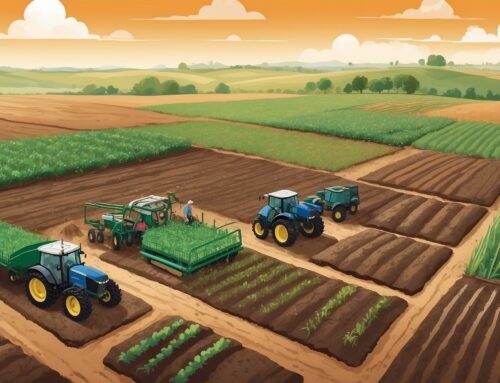Hey there, fellow farmers! If you’ve ever found yourself yelling at a broken sensor in the middle of a field, you know one thing is for certain: farming ain’t easy, and our equipment needs to keep up. Between sun, rain, heat, frost, and an occasional tractor mishap (don’t look at me, I did check my mirrors), soil moisture sensors go through a lot. Let’s talk about why durability is a key factor for soil moisture sensors, because let’s be real—if these gadgets can’t withstand farm life, they’re no use to us.
Built to Survive the Farm
You know how it is—our fields are not exactly gentle places. You’ve got heavy machinery rolling through, animals wandering over, and the weather playing all kinds of tricks on us. One day it’s sunny and 80 degrees, the next it’s sleeting sideways. Soil moisture sensors have to put up with all of it—the good, the bad, and the downright ridiculous. It’s not just about withstanding the elements; it’s about being able to keep delivering accurate, reliable data year-round.
You’ve got UV rays that’d fry an egg, frost that could snap a twig, and fertilizer that’s about as friendly as a kicked wasp nest. Not to mention the occasional run-in with a curious cow or a rogue chicken. If a sensor can’t survive those things, it’s just another piece of tech you’ll have to replace every season. The trick is to find sensors that are tough enough to handle what you’re throwing at them—and then some.
Materials That Can Handle the Elements
A good sensor—and I mean a really good sensor—has to be made of materials that can handle whatever nature dishes out. We’re talking ASA plastic, which is UV-resistant and doesn’t break down after a summer of sitting in the sun, or stainless steel probes that won’t rust after a good soaking. These are the kinds of materials that separate the “one-season wonders” from the tools you can trust year in and year out.
Plus, if you’re using them in fields where you’re spreading fertilizers or other chemicals, you need sensors that can stand up to that, too. The last thing you want is to install a sensor in the spring and have it corrode before you’ve even finished planting. Some sensors have special coatings or are made from materials that can resist the wear and tear of chemicals—and those are the sensors worth investing in.
Weatherproof? More Like Farmproof
I’ve seen “weatherproof” labels on products that couldn’t last through a week of Midwest spring—let alone a year on the farm. So, I prefer to call it farmproof. A sensor needs to be waterproof to survive the rain and mud, dustproof for those dry summer spells, and able to deal with temperatures ranging from “I’m going to bake cookies on my truck’s hood” to “I’d rather be inside by the fire.”
It’s not just about keeping the electronics safe either—if the sensor housing cracks, you’re looking at problems. Water ingress, debris getting stuck, or a good ol’ fashioned freeze-thaw cycle can spell the end for a sensor that isn’t made right. A durable sensor is sealed up tight, with no weak points that might give out when things get rough.

The Real Costs of Low-Quality Sensors
Sure, you might be tempted to buy cheaper sensors—after all, there’s always more equipment that needs buying, and the farm budget seems to have a mind of its own. But, let’s think about it: if a sensor needs replacing every season (or worse, mid-season), you’re spending more in the long run—not to mention the labor involved in installing new ones. Durable sensors aren’t just tough; they’re cost-effective because they last longer and keep giving you the data you need without any fuss.
Imagine getting an alert from your dashboard that one of your sensors isn’t reading right—just when you’re in the middle of harvest chaos. Now you’ve got to go out, figure out what’s wrong, and probably replace it. If you’ve ever had to run through a muddy field with a wrench in one hand and a replacement sensor in the other, you know exactly why quality pays for itself.
Investing in Reliability
At the end of the day, a sensor isn’t just a gadget you stick in the ground; it’s a partner. It’s the thing that’s going to tell you when your soil’s thirsty, when it’s had enough, and when you need to adjust for whatever’s coming next. The more reliable that sensor is, the better your irrigation decisions will be—and the better your yields.
A durable soil moisture sensor means one less thing to worry about. It’s something you can install and forget—at least until it’s time to pull it up and put it away for winter. It means peace of mind, knowing you can trust the data coming in from the field without second-guessing it.
Conclusion: Tough Enough for the Farm Life
So, when you’re out there, in the middle of the back forty, wondering if a new-fangled piece of tech is going to make it through till next season, just remember: durability matters. Farming’s a tough job, and we need tools that are just as tough. Soil moisture sensors are no different—the right sensor will be a reliable companion through rain, shine, frost, and everything in between. Because if your sensor can’t handle the field, it’s not worth planting next to your corn. Here’s to fewer replacements, fewer headaches, and a whole lot more uptime. Cheers, and keep those rows straight!





